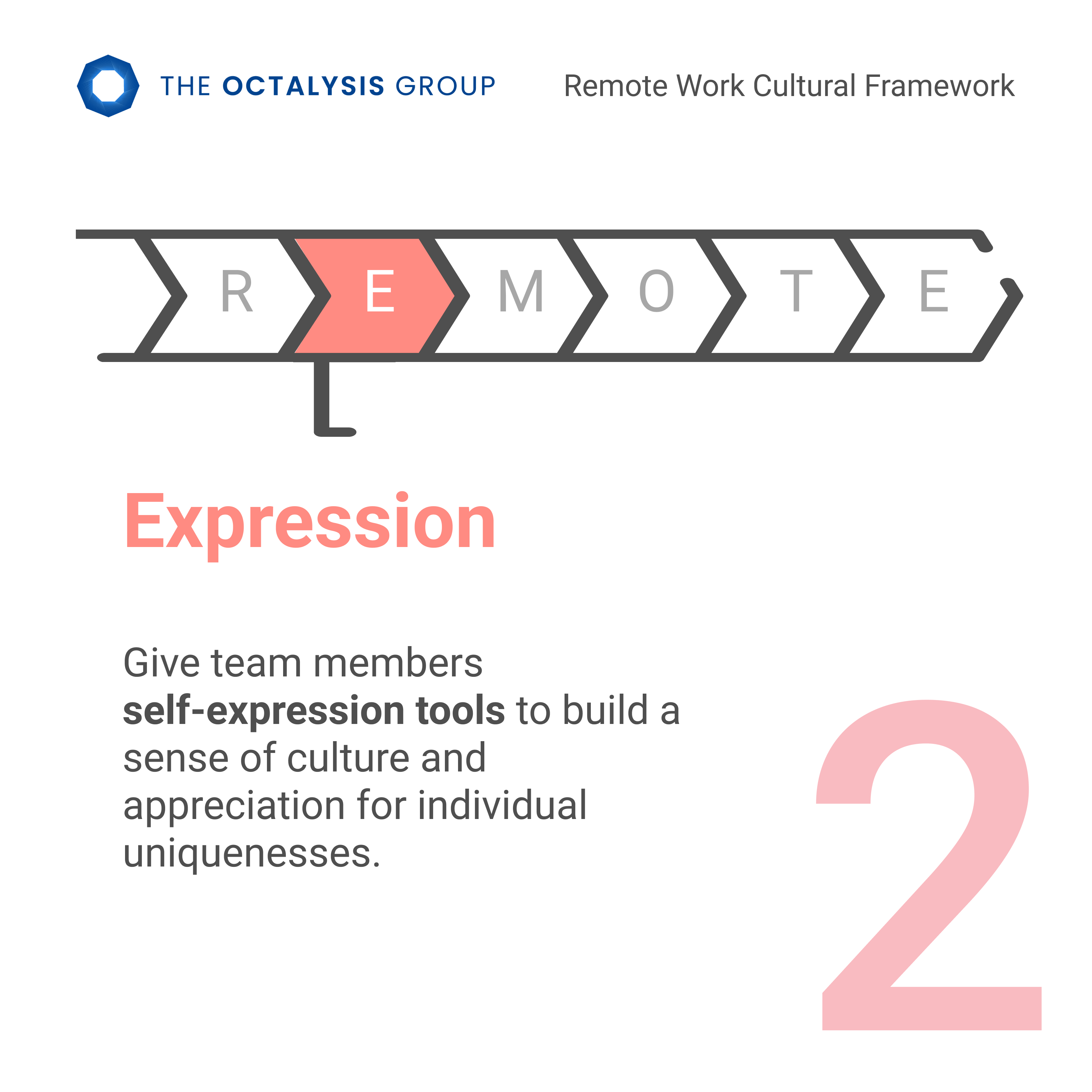REMOTE Step 2: give remote work team members Self-Expression Tools to build a sense of culture and appreciation for individual uniqueness.
In Step 1, RESPONSIVENESS, we explained how to install and instill the right Tools, Culture and Triggers to enable a responsive Remote Work environment. Now that we have the foundation in place, we can look at how to use this foundation to create more motivation for your people.
Expression of Uniqueness in Remote Work
To create high employee engagement, it is particularly important to ensure that people feel heard and that they have ways to express their uniqueness. You may think that is a distraction, but self-expression leads to the longest and most joyful type of engagement in any environment. It is Octalysis Core Drive 3: Empowerment of Creativity and Feedback, which is White Hat & Intrinsic and therefore long term motivational.
Expression is already important in office settings, but even more so in remote work setups. The physical absence of colleagues means that there are less avenues to show your uniqueness towards others.
In remote workplaces everything can become function-focused (optimized for efficiency), rather than human-focused (optimized for human motivation). You only talk to people that you need to talk to, about tasks that need to be done. Every interaction with colleagues is basically just an email address or a text message. The Remote Experience can easily end up feeling lifeless and monotonous, so adding personality through self-expression makes the whole culture more enjoyable and dynamic for all employees.
In the office, you can show off your clothing variety (or targeted conformity) to stand out from others. Or it can be the amount (or type) of people that you surround yourself with, that sets you apart from others. At the workplace, people can easily share their vibrant personalities, tendencies, and even quirks, which is the stuff that bonds people.
Additionally you can interact with your colleagues spontaneously with small jokes, funny gestures or just a pat on the back. Small real life social prods that often have a person’s unique signature.
When working remotely all of this is less easy and intuitive. Remote work is often by default function-focused design as none of the regular office expression avenues exist. So we need to design for digital expression in a fun and engaging way. Let’s go through the 3 REMOTE Layers and see how we can create Expression as part of your Remote Work set up.
TOOLS LAYER
Choose CRM platforms and other collaboration and communication tools that can be customized for Expression. If you don’t have the budget to change your current systems, can ask whether an Application Program Interface (API) can be used to program visual means of expression on top of your existing system. Often small visual changes can have strong effects.
Obviously if you want to impact users’ expressive capacity even more (as we see below), additional design and development may be needed. But again, with relatively small additions you can achieve a remarkable increase in motivation.
Some tools already have inbuilt functionality to give people self expression. In Zoom, for example, you can create and upload your own background to use during video calls. Some people can appear to be at the beach, while others may prefer the Taj Mahal as background. In The Octalysis Group we often see that lively conversations erupt over people’s background images and the reasons why they choose that particular picture.
TOOLS Idea: Your Own Visual Identity
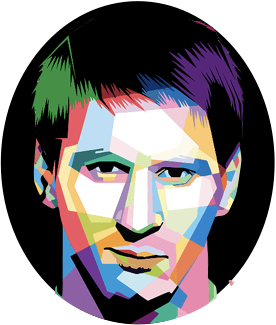
A profile image is more engaging when you can upgrade it by doing desired actions. So attending daily impromptu meetings, virtual lunches and coffee breaks may all lead to leveling up your profile. All your colleagues should be able to see it, so it leads to benevolent envy. Wanna look like Lionel Messi? Einstein? Go ahead!
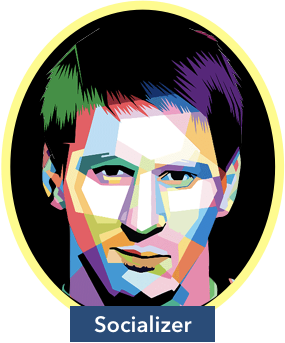
Read more on how to empower your colleagues through creative, gamified design that upgrades the user experience even further in our coming Remote Episodes on Team and Enjoyment.
CULTURE LAYER
The culture layer for Expression is the most interesting but also the most opaque of all the Expression layers. Your organization’s culture may be resistant to empowerment of Expression. Many traditional, corporate, organizations may not like too much individual expression. I understand that, and our Guide is by no means an invitation to start radical change in companies.
However, the Remote Work set up does work best with more decentralized decision and collaboration modes. This doesn’t mean that all people in the Remote organization need to be equally powerful. But the Remote Worker does need to feel empowered in their need to be seen, heard and have influence. Without the daily physical interaction in the Workplace, you will need to put significantly more creative effort in designing for that empowerment.
Below is an example of how you can make people proud of their personality and skills, without upsetting the balance of power in your company: Citizen Roles.
CULTURE Idea: Empower Your Citizens
Most people have a well described professional role in the organization. They are back-end developers; Supply Chain Specialists; or Sales Leads for example. The problem is that these titles have limited expression power. They say what you DO professionally in the community, but not what you ARE to the community.
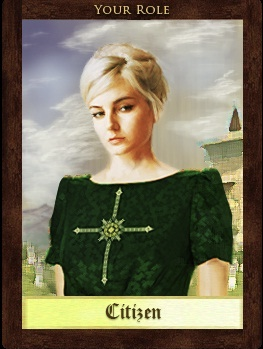
Important guidelines for making Citizen Roles work include that they are self-selected: you can choose if you want a role and you can choose any title or role you want. Allowing this kind of freedom to choose, empowers Core Drive 3: Empowerment of Creativity and Feedback, and reinforces our internal drive for Core Drive 4: Ownership and Possession.
In addition, Citizen Roles are non-essential and not part of your work duties. Even if you leave the company, no core part of the business would be dropped. It can also be changed at will, as it is purely a self-expression mechanic. The Role is simply the unique thing you bring to the table, which allows newcomers to have a variety of things they can add too.
Importantly, the citizen role should be seen and reminded to people often, Below is an example of a Slack Channel in The Octalysis Group), showing how Citizen Role titles are always seen when people interact with each other. From behavioral science we know that seeing it subconsciously it triggers people to more likely do those citizen activities.
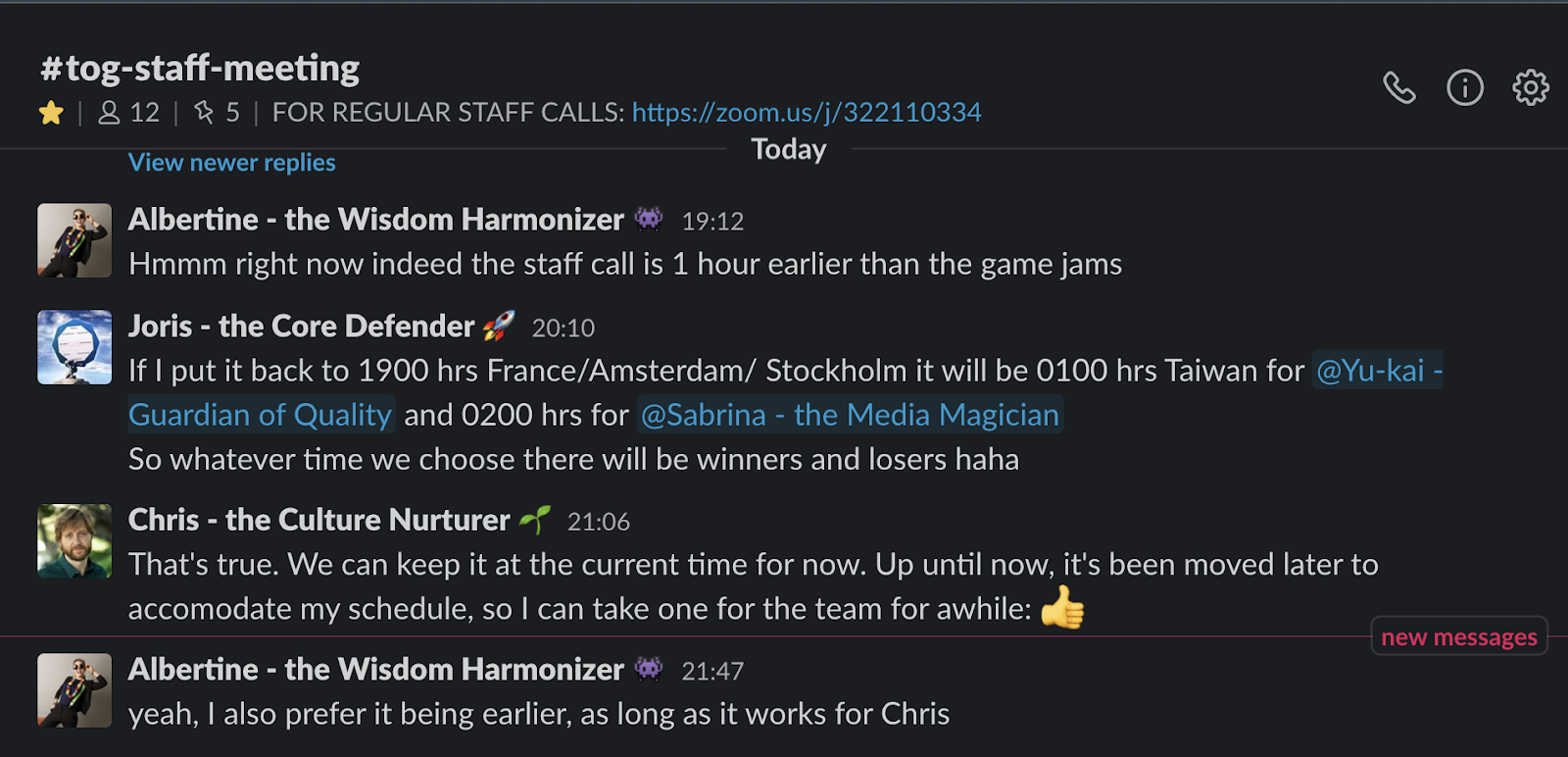
Even though nothing in her job title and description might suggest she would be the person to talk to, she has self-identified a citizen role for conversations and progress to happen (so it becomes one of the Trigger layers of the REMOTE stack).
Another good example of a Role identifier could be the Wordsmith role. “Oh, I’m writing an important email and I’m not sure if there is a better way to say this. Maybe I should go to Susan The Wordsmith! “
The Citizen Role is not the only way to get people to be proud of who they ARE rather than what they DO. Maybe you can allow people to host non-professional Culture Meetings, wherein they explain their tricks to be great at what they do and influence others. Friday would be a great day to hold meetings like this.
TRIGGER LAYER
People like to interact with their colleagues in the physical workplace and these interactions do not always take the form of extended encounters like meetings. They are often spontaneous concise expressions of joy, teasing, or sadness. These small interactions are the salt and pepper of the expressive smorgasbord so to speak. They often do not build social relations, but they can trigger social interactions. And as with the other layers, you will be looking to give people the power of customization as much as you can.
People like to have their signature handshake; their own style of winking and their own High Five or Low Five. Think about ways on how you can make that customization real for your teams.
TRIGGER Idea: Own Your Social Prods
Once people have an identity, also think how you can make sure that the small visual social interactions, like emojis, can be personalized.
Slack is a good example. What helped make them successful is the wide array of emojis. And they offer a bunch of standard emojis that people enjoy using while messaging each other. It’s not just the default 10, but people can add any gif of their own and create new ones.
Here is a list of really creative and popular ones (source: https://slackmojis.com/)
And here is a screenshot of people in The Octalysis Group using Slack and custom emojis.
Now you can express yourself in your own style. So rather than a ‘like’, you give a ‘New York High Five’ or a German ‘Danke’. Or even a Tesla Cyber Truck. The emojis infuse the experience with small but recurrent joyful expressions. Give each employee a limited number of emojis at first, and if they are active in the communication channels they unlock more emoji options. Using scarcity design (not giving all functionality away to users from the start) is a good high engagement design principle.
How did The Octalysis Group do it?
At The Octalysis Group we have decided to go with collaborative platforms where individual expression capabilities are strong. As mentioned, Slack gives users total freedom in designing and adding their own emojis. Getting a customized emoji (like a heart emoji in the colours of the Bulgarian flag from one of my Bulgarian colleagues), truly adds some spice to my social prod experience.
All users have a customized profile image that says something about what they do and who they are. Slack could have made this more meaningful by giving users options to upgrade even more, but so far that is not possible.
In terms of Culture, we started taking our Citizen Roles seriously last year. There are different roles. For example: Wisdom Harmonizer; Media Magician; Core Defender; and Guardian of Quality. The idea is that whenever someone in The Octalysis Group needs help with a certain issue we turn to the particular individual. In our Team Quality meeting most of these Citizens come together and discuss ongoing quality assurance issues from their respective citizen perspective. Individuals can take on any role they want, although a bit of public scrutiny is applied. So far though, all people have chosen titles that all other colleagues have agreed to. The power of Core Drive 5: Social Influence and Relatedness is palpable here: nobody wants to be called back on a self chosen role!
We are not done customizing our Expression journey yet, but then again we may be more ambitious than other companies in creating internal engagement. We expect more deepening of our Remote Work set up in the coming year.
NEXT EPISODE
Join us in our next REMOTE Episode on MOMENTUM where we discuss how to design for Productivity and Workflow Management for Remote Workers.
Contact us with your questions!
Do you need assistance in building true Expressiveness in your work set up? Send me an email and I will get back to you with a Free consultation on how to build REMOTE Work setups.
